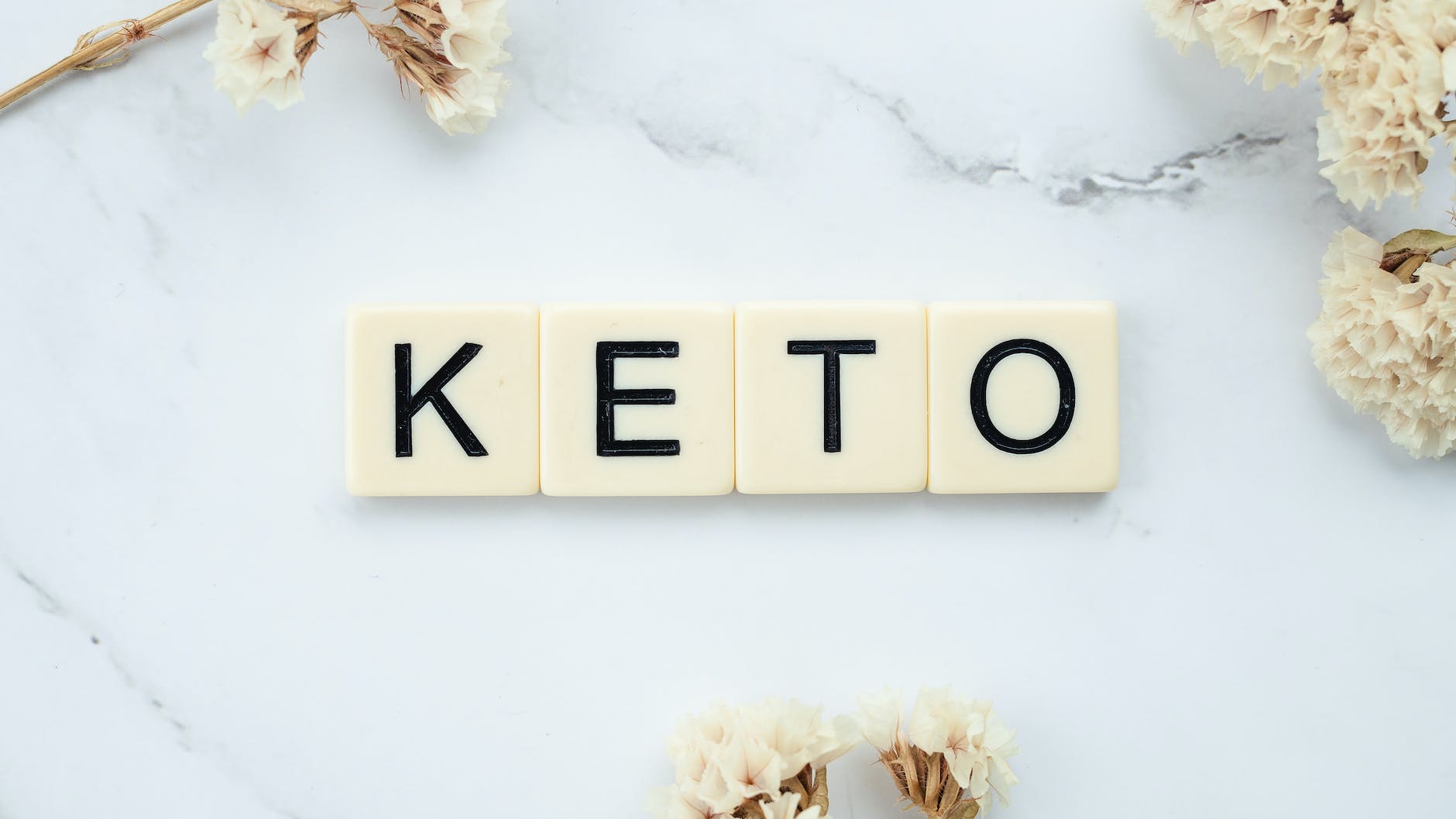
When it comes to the keto diet, finding delicious and satisfying options can sometimes be a challenge. However, one surprising hero of the keto diet is salami. This flavorful cured meat offers a range of benefits that make it a perfect addition to your keto lifestyle. In this post, we’ll explore the reasons why salami is a keto-friendly choice and how it can enhance your keto diet.
Understanding the Keto Diet 🥑
Before we dive into the specifics of salami, let’s briefly recap the key principles of the keto diet. The ketogenic diet is a low-carbohydrate, high-fat diet that aims to put the body into a state of ketosis. By significantly reducing carbohydrate intake and increasing fat consumption, the body shifts its primary fuel source from glucose to fats, resulting in ketone production and fat burning.
A typical keto diet involves consuming around 20-50 grams of carbohydrates per day, while fats make up approximately 70-75% of daily calories, and protein makes up about 20%. This macronutrient distribution helps maintain ketosis and promotes weight loss and other health benefits associated with the keto diet.
Salami: A Keto-Friendly Delight 🍽️
Salami is a type of cured sausage made from fermented and air-dried meat, typically pork. It is seasoned with various spices and herbs, giving it a distinctive flavor profile. While salami may seem like an indulgent treat, it can actually be a great addition to your keto diet for several reasons:
- Low in Carbohydrates: One of the primary reasons salami is keto-friendly is its low carbohydrate content. In general, salami contains minimal to zero carbohydrates per serving, making it an excellent choice for those following a low-carb or keto diet. This allows you to enjoy the savory and satisfying taste of salami without worrying about derailing your ketosis.
- High in Healthy Fats: Salami is rich in fats, which is beneficial for those on a keto diet. The high fat content helps promote satiety, keeping you feeling full and satisfied after your meals. These healthy fats are also a valuable source of energy for your body in the absence of carbohydrates. However, it’s important to note that salami can be high in saturated fats, so it’s essential to consume it in moderation as part of a well-rounded diet.
- Moderate Protein Content: While the keto diet emphasizes high fat intake, it also includes moderate protein consumption. Salami provides a good balance of protein, contributing to muscle maintenance and repair while keeping you within your desired macronutrient ratios. However, it’s worth noting that the protein content in salami can vary depending on the specific brand and type, so be mindful of your overall protein intake from other sources.
- Convenient and Portable: Salami is a convenient and portable snack, making it an ideal choice for those on the go. Whether you’re at work, traveling, or simply need a quick bite, salami can be easily packed and enjoyed without the need for refrigeration. Its long shelf life also makes it a convenient option for stocking up and having a keto-friendly snack readily available.
- Rich in Flavor: Salami is known for its bold and robust flavors. This can be especially beneficial for those on a keto diet, as it helps add variety and excitement to your meals. With the wide range of salami varieties available, you can experiment with different flavors to suit your taste preferences and keep your keto meals interesting.
Choosing the Right Salami 🛒
When selecting salami for your keto diet, it’s important to keep a few things in mind:
- Quality Ingredients: Look for salami made with high-quality ingredients, such as pasture-raised or organic meats, and minimal additives or preservatives. Opting for artisanal or locally sourced salami can provide a more authentic and wholesome experience.
- Watch for Added Sugars: Some commercial salami brands may contain added sugars, which can increase the carbohydrate content. Check the ingredient list and opt for sugar-free varieties to ensure it aligns with your keto goals.
- Consider Sodium Intake: Salami is typically cured with salt, which contributes to its distinctive flavor. However, it’s essential to be mindful of your sodium intake, especially if you have specific dietary restrictions or medical conditions. If you’re concerned about sodium, look for low-sodium options or enjoy salami in moderation.
Incorporating Salami into Your Keto Meals 🍽️
Salami can be enjoyed in various ways as part of your keto diet. Here are a few ideas to incorporate salami into your meals:
- Snack: Enjoy slices of salami as a quick and satisfying keto snack on its own or paired with cheese, olives, or low-carb vegetables. The combination of flavors and textures creates a delightful and filling snack option.
- Sandwich Wraps: Use large slices of salami as a substitute for traditional wraps or bread. Fill them with keto-friendly fillings such as cheese, lettuce, tomatoes, and mayonnaise for a satisfying and portable meal.
- Salads: Add slices or diced salami to your salads for an extra burst of flavor and a satisfying protein boost. It pairs well with a variety of salad ingredients, such as mixed greens, cherry tomatoes, cucumbers, and avocado.
- Charcuterie Boards: Create a keto-friendly charcuterie board with a selection of salami, cheeses, nuts, and low-carb vegetables. This allows you to enjoy a variety of flavors and textures while sticking to your keto goals.
- Cooked Dishes: Incorporate sliced or crumbled salami into cooked dishes such as omelets, frittatas, stir-fries, or cauliflower rice for added flavor and protein. It adds depth to the dish and can be combined with various vegetables and seasonings.
Conclusion 💡
Salami, with its low carbohydrate content, high healthy fat content, and rich flavors, can be a delicious and satisfying addition to your keto lifestyle. As with any food, it’s important to consume salami in moderation and choose high-quality options. Incorporate salami into your meals and snacks creatively to enjoy its versatility and enhance your keto diet experience. Remember to balance your overall macronutrient intake and prioritize a well-rounded diet to ensure you’re meeting your nutritional needs while on the keto journey.











